
Knowledge Hub
How climate change has led to a hunger crisis in Pakistan
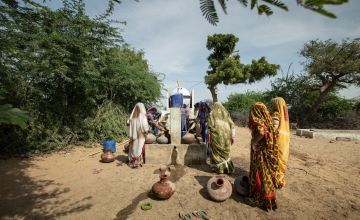
In Sindh province, Pakistan, the changing climate is not a distant threat – it is a deadly reality. A long-lasting drought has ruined harvests year after year, leading to a hunger crisis. But how has it got to this point? And what can we do about it?
For years, climate change has been increasingly driving extreme and erratic weather patterns, such as heat waves and droughts, resulting in what we now know as the climate crisis. However, although almost all of us are experiencing its effects in some way, climate change tends to hit the poorest and most vulnerable people the hardest, particularly those living in already difficult environments.
Fast facts and stats:
- Around 60% of Pakistan’s total population are facing food insecurity.
- 44% of children under five years of age are chronically malnourished.
- Population displacement due to insecurity and natural disasters has been a major humanitarian concern for the past several years.
Climate change in Pakistan
Pakistan is the fifth most affected country by the impact of climate change worldwide. The country has a semiarid climate (meaning it is dry and receives less rain than average, but not as low as a desert climate), and is prone to disasters such as floods, drought and earthquakes, all of which have adverse impacts on food security and livelihoods. The livelihoods of half the population in Pakistan are dependent on agriculture – an area particularly impacted by climate change. Additionally, in March 2019, a desert locust outbreak has also affected four provinces of Pakistan, making its population even more vulnerable to food insecurity.
Future changes to the climate are likely to affect rainfall and temperature, increasing the frequency and severity of droughts in Pakistan, especially in the Balochistan and Sindh regions where drought-like conditions have been prevailing since 2013. These provinces are dry and barren and rainfall patterns are becoming progressively unpredictable.
Sindh region of Pakistan
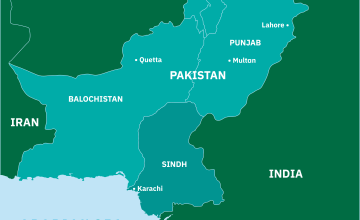
Sindh is one of the four provinces of Pakistan, located in the southeastern region of the country. There, drought is becoming increasingly common with significant consequences on food security, livestock, crops, water resources, and the environment.
The Government of Pakistan estimates that approximately 3 million people in Sindh are being directly affected by drought right now.
Why is this so bad?
In the most drought-affected districts of Sindh, 65 - 95 per cent of the population are living in rural areas, and are already vulnerable and food insecure. These communities largely depend on farming, cultivating crops and daily wage labour to earn a living and provide food for themselves and their families.
Drought in these districts directly affects the growth of vegetation as well as water resources for livestock. And, since agriculture and livestock are the prime sources of subsistence and livelihoods for these households, this threatens people’s ability to survive.
Drastic consequences
In an attempt to cope with the changing and worsening climate, families are forced to adopt strategies that mean they can survive in the short term but that undermine their resilience in the longer term. For example, they might sell livestock and other assets for less than they are worth, take children out of school or migrate to other districts, abandoning some of their belongings. These coping mechanisms can compromise the wellbeing of children and women in particular.
In Sindh, 29% of children are suffering from malnutrition (nearly double the emergency threshold), and life expectancy for pregnant and lactating women is significantly diminished.
What have Concern done to help?
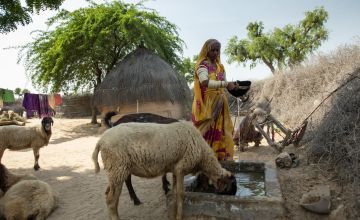
Concern has worked in Pakistan for 20 years. Our RAPID Fund continues to support relief and recovery projects in response to the severe drought conditions, assisting affected populations in the most difficult-to-access areas.
Last year, our teams treated 13,800 children in Sindh for severe acute malnutrition, with therapeutic food.
We have also been working with communities, local authorities and disaster management bodies to make sure that people’s needs are better met by policies and practices – in particular women, children, people living with disabilities and older people, all groups who are often worst affected by disasters. A key part of this has been setting up and training community-level disaster management committees, who are able to identify ways to improve their resilience and advocate for support for those measures.
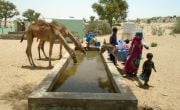

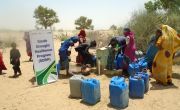
Check us out on Twitter for more latest news
Other ways to help
Donate now
Give a one-off, or a monthly, donation today.
Join an event
From mountain trekking to marathon running, join us for one of our many exciting outdoor events!
Buy a gift
With an extensive range of alternative gifts, we have something to suit everybody.
Leave a gift in your will
Leave the world a better place with a life-changing legacy.
Become a corporate supporter
We partner with a range of organisations that share our passion and the results have been fantastic.
Create your own fundraising event
Raise money for Concern by organising your own charity fundraising event.





